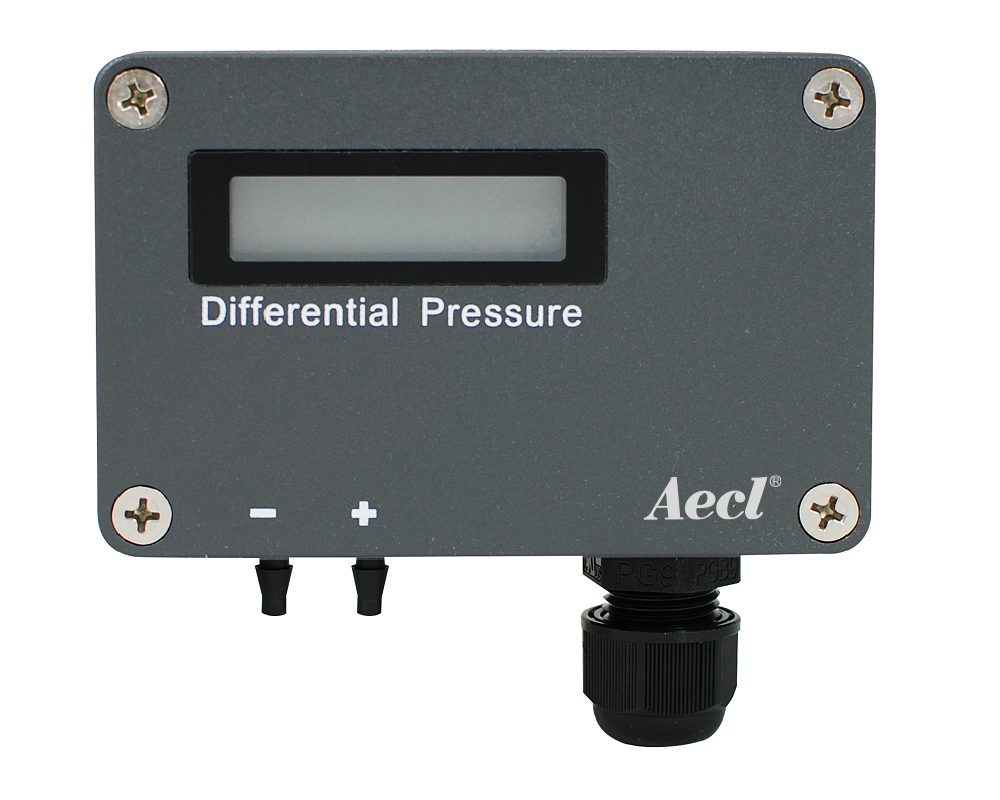Driver: Windows Server 2019. 25.6 Latest:: Adapter User Guide for Intel® Ethernet Adapters. This download contains the 25.6 version of the Intel® Ethernet Adapter User Guide. Driver: OS Independent: 25.6 Latest:: Intel® Ethernet Port Configuration Tool (All Supported OSs) Downloads Intel® Ethernet Port Configuration. This 1-Port Serial Device Server lets you remotely access and manage an RS232 serial device over a local area network (LAN), for a simple and cost-effective serial-over-IP control solution. For more control options, the device server is compatible with the free, StarTech.com NETRSAPP.
Drivers for devices that can transfer large amounts of data at a time should use direct I/O for those transfers. Using direct I/O for large transfers improves a driver's performance, both by reducing its interrupt overhead and by eliminating the memory allocation and copying operations inherent in buffered I/O.
Generally, mass-storage device drivers request direct I/O for transfer requests, including lowest-level drivers that use direct memory access (DMA) or programmed I/O (PIO), as well as any intermediate drivers chained above them.
The I/O manager determines that an I/O operation is using direct I/O as follows:
For IRP_MJ_READ and IRP_MJ_WRITE requests, DO_DIRECT_IO is set in the Flags member of the DEVICE_OBJECT structure. For more information, see Initializing a Device Object.
For IRP_MJ_DEVICE_CONTROL and IRP_MJ_INTERNAL_DEVICE_CONTROL requests, the IOCTL code's value contains METHOD_IN_DIRECT or METHOD_OUT_DIRECT as the TransferType value in the IOCTL value. For more information, see Defining I/O Control Codes.
Drivers that use direct I/O will sometimes also use buffered I/O to handle some IRPs. In particular, drivers typically use buffered I/O for some I/O control codes for IRP_MJ_DEVICE_CONTROL requests that require data transfers, regardless of whether the driver uses direct I/O for read and write operations.
Setting up a direct I/O transfer varies slightly, depending on whether DMA or PIO is being used. For more information, see:

Drivers Autotronic Controls Port Devices Compatible
Drivers must take steps to maintain cache coherency during DMA and PIO transfers. For more information, see Maintaining Cache Coherency.

